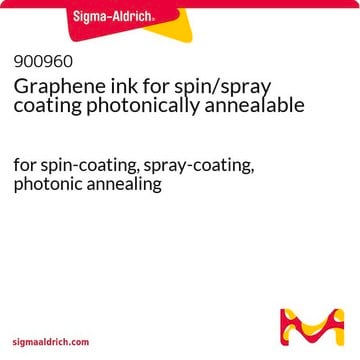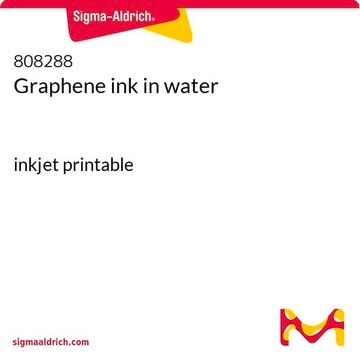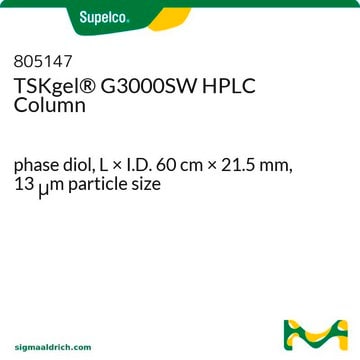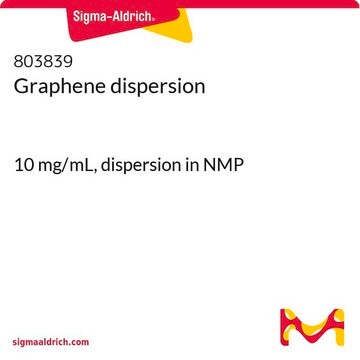808156
3D printing graphene ink
About This Item
Productos recomendados
description
0.12-0.15 Ω-cm (as 3D-printed fibers, not ink, 200-400 μm diameter)
form
viscous liquid
greener alternative product characteristics
Design for Energy Efficiency
Learn more about the Principles of Green Chemistry.
sustainability
Greener Alternative Product
particle size
1-15 nm (thick)
1-20 μm (length and width)
viscosity
20-60 Pa.s
bp
39 °C
density
1.5-1.8 g/mL at 25 °C
greener alternative category
, Enabling
storage temp.
2-8°C
General description
Application
- Direct syringe extrusion into solid fibers or structures-can be extruded by hand, or by machine, from any standard syringe.
- Dip-coating.
- Spin-coating.
- Casting.
- Fusing-separately produced solid 3D printing graphene objects can be joined via application of additional ink at points of contact.
signalword
Danger
Hazard Classifications
Aquatic Chronic 3 - Carc. 2 - Eye Irrit. 2 - Repr. 1B - Skin Irrit. 2 - STOT SE 3
target_organs
Central nervous system
Storage Class
6.1C - Combustible acute toxic Cat.3 / toxic compounds or compounds which causing chronic effects
wgk_germany
WGK 3
flash_point_f
Not applicable
flash_point_c
Not applicable
Certificados de análisis (COA)
Busque Certificados de análisis (COA) introduciendo el número de lote del producto. Los números de lote se encuentran en la etiqueta del producto después de las palabras «Lot» o «Batch»
¿Ya tiene este producto?
Encuentre la documentación para los productos que ha comprado recientemente en la Biblioteca de documentos.
Los clientes también vieron
Artículos
Since its discovery little more than a decade ago,1 the two-dimensional (2D) allotrope of carbon—graphene—has been the subject of intense multidisciplinary research efforts.
Graphene nanoribbons (GNRs) are quasi-one-dimensional narrow strips of graphene comprised of sp2-hybridized carbon atoms arranged into hexagonal honeycomb lattice configurations.
Permanent magnets are an essential technology for energy conversion. Motors and generators are used to convert energy between electrical and mechanical forms.
Professors Tokito and Takeda share design principles and optimization protocols for organic electronic devices, focusing on flexibility and low cost.
Nuestro equipo de científicos tiene experiencia en todas las áreas de investigación: Ciencias de la vida, Ciencia de los materiales, Síntesis química, Cromatografía, Analítica y muchas otras.
Póngase en contacto con el Servicio técnico









